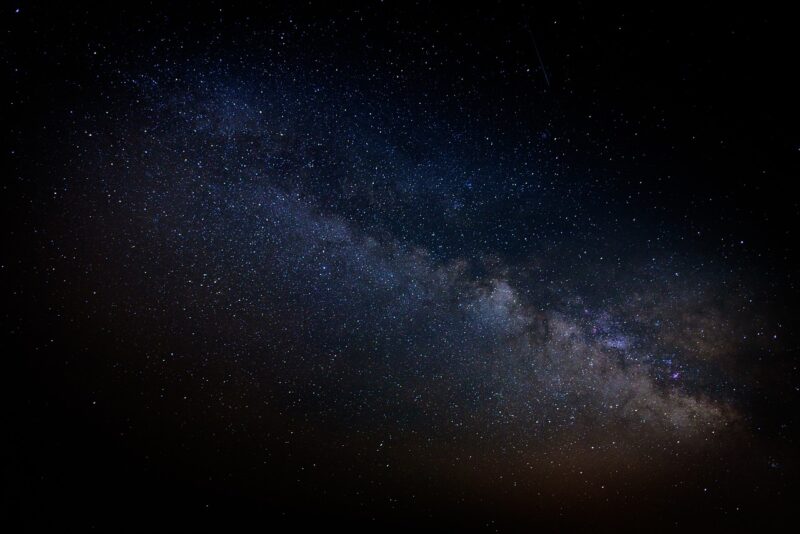How Space Photography Has Deepened Our Understanding of the Universe
November 16, 2024

Space photography has transcended the realms of mere artistry; it has become a crucial tool in the field of astronomy and our quest to understand the universe. From breathtaking images captured by the Hubble Space Telescope to the stunning photos from Mars rovers, space photography serves not only to fascinate our imaginations but also to deliver scientific insights that significantly enhance our comprehension of celestial phenomena. This article delves into how space photography has deepened our understanding of the cosmos and transformed our perception of the universe.
1. The Evolution of Space Photography
The journey of space photography began in the mid-20th century, with the advent of satellite technology and space exploration missions. Early images of Earth captured from space highlighted our planet’s beauty and fragility, while images of celestial bodies began the process of expanding our view of the universe.
In the 1970s, NASA’s Viking program opened a new chapter in space photography by sending probes to Mars, capturing detailed images of its surface. The iconic Hubble Space Telescope, launched in 1990, revolutionized astronomy by providing stunning, high-resolution imagery of distant galaxies and nebulae. Over the years, as technology advanced, the quality, clarity, and range of space photography expanded, allowing us to glean unprecedented information about our universe.
2. Technological Advancements in Space Photography
Various technological advancements have dramatically influenced space photography. The following factors are particularly significant:
- High-Resolution Imaging Techniques: Modern telescopes utilize powerful camera systems that capture images in multiple wavelengths, including infrared and ultraviolet. This broad spectrum of imaging reveals different aspects of celestial objects, allowing scientists to analyze their composition and behavior more effectively.
- Adaptive Optics: This technology mitigates the distortion caused by Earth’s atmosphere, presenting clearer images of celestial bodies. By using lasers to measure atmospheric turbulence, telescopes can adjust their optics in real-time, producing sharper photographs.
- Interplanetary Missions: Robotic spacecraft such as the Mars rovers (Curiosity, Perseverance) and the Voyager probes have provided direct, close-up views of extraterrestrial landscapes, unveiling the geological history and potential for life on other planets through stunning photography.
These technologies not only enhance the aesthetic allure of space photography but also enrich our scientific understanding.
3. Key Discoveries Enabled by Space Photography
Space photography has played a pivotal role in numerous astronomical discoveries:
- Understanding Cosmic Structures: Images captured by the Hubble Space Telescope have revealed intricate details of galaxy formations and interactions. Through these photographs, astronomers have gleaned vital information about dark matter and how galaxies evolve over billions of years.
- Examining Stellar Nurseries: Photographs of nebulae, such as the Eagle Nebula, reveal vast clouds of gas and dust where new stars are born. By studying these images, scientists can understand the processes involved in stellar formation and the lifecycle of stars.
- Exploring Planetary Landscapes: Detailed images of Mars captured by rovers have uncovered valleys, riverbeds, and potential signs of past water flow, suggesting that Mars may have once harbored conditions suitable for life. Saturn’s rings and Jupiter’s stormy atmosphere have also been explored visually, revealing fascinating dynamics at play within our solar system.
Each image contributes valuable data, increasing our knowledge of the universe and prompting further inquiries into its mysteries.
4. The Impact on Public Perception and Education
Space photography not only transforms scientific understanding but also shapes public perception. The visually striking images from space missions captivate audiences worldwide, fuelling interest in science, technology, engineering, and mathematics (STEM) fields. Here are some notable impacts:
- Inspiring Future Generations: Stunning visuals of nebulae, galaxies, and planets inspire young people to pursue careers in science and exploration. Campaigns showcasing space photography in schools and educational programs increase awareness and interest in space science.
- Promoting Global Awareness: Images that highlight Earth’s beauty, such as those from astronauts aboard the International Space Station (ISS), foster a sense of global responsibility and environmental stewardship. They remind us of our shared home in the universe and the need to protect it.
- Enhancing Public Engagement with Science: Space photography is frequently featured in media, museums, and public exhibits, allowing people to engage with the wonders of the universe. This engagement helps demystify science, making it more accessible to the general public.
As more people become fascinated by the universe through its imagery, a collective curiosity is ignited, sparking interest in space research and exploration.
5. Future Prospects in Space Photography
The future of space photography holds exciting possibilities as new missions and technologies emerge. Upcoming projects, such as the James Webb Space Telescope, promise to observe the universe in unprecedented detail, capturing the light from the very first galaxies formed after the Big Bang. With advancements in artificial intelligence and machine learning, image processing will become more sophisticated, leading to deeper analysis and interpretation of celestial imagery.
Moreover, initiatives like the Artemis program aim to return humans to the Moon and eventually send crewed missions to Mars, expanding opportunities for stunning photography from these destinations. These explorations will not only enhance scientific knowledge but also contribute to the continuous growth of space photography as a vital part of our journey to understand the cosmos.
Conclusion
In conclusion, space photography serves as a bridge between the cosmic realms and human understanding. Throughout its evolution, it has transcended its artistic value to become instrumental in scientific discovery and public engagement. As we continue to explore the wonders of the universe, the captivating images produced will further illuminate the mysteries of space, nurture curiosity, and inspire future generations to look to the stars.
As we advance technologically and broaden the horizons of our exploration, space photography will remain an essential aspect of our understanding of the universe’s vastness and complexity.







